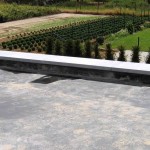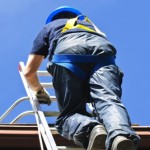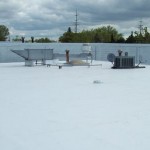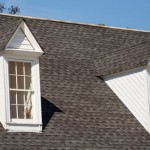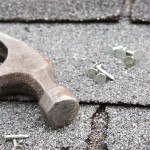Types of Flat Commercial Roofs
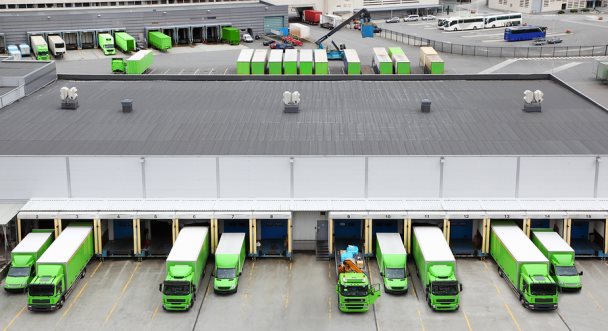
Commercial Flat Roof Options
With so many types of flat commercial roofs available, it is important for building owners to consider each and every option, as well as the pros and cons, before making a final decision. While there may be more than one option, you can only choose for one type of flat roof to be installed. This is why it is so important to discuss every detail with an experienced professional, ensuring that you know what is available.
Before we go any further, it is important to note that the materials used is what sets one commercial roof apart from the next. There are pros and cons of each type of roofing material, so this is a good place to start when attempting to make a decision.
Built-Up Roof
This is the most traditional method of installing a flat roof, as it consists of hot tar and gravel that is built from three or more layers of waterproof material, alternated in with hot tar and gravel.
There are many benefits of this type of roof, including the fact that the gravel is fire resistant. Along with this, it is attractive if there are going to be any windows that overlook the roof.
On the downside, this type or roof is extremely heavy. For this reason, joists often times have to be strengthened to ensure that the load can be handled. Also, the installation process can be both messy and smelly.
Modified Bitumen
This is known as a single-play rolled roof, which can be installed in a variety of manners including heating the adhesive and simple peel and stick.
Some of the benefits include:
- Peel and stick material is easy to install, making the process much more time efficient
- Light colored surface that is meant to reflect heat, thus cutting back on the cost of energy
- Not the most expensive type of flat roof material (but not the cheapest either)
There are disadvantages of Modified Bitumen, such as the fact that torch down materials can be a fire hazard. Along with this, it is not as durable and can easily tear, leading to maintenance issues down the road.
Rubber Membrane
Also known as ethylene propylene diene monomer, a true rubber roof can be installed in a variety of ways, including glue and with fasteners
The benefits of a rubber membrane roof include a simple installation process, durability, and the ability to resist tears. Along with this, any leak is simple to patch.
A common issue with rubber membrane roofing is the black color that absorbs heat. While lighter colored coatings can be purchased, the price is much higher. Speaking of cost, rubber membrane roofs cost more than the other types.
These are the three most common types of flat commercial roofs. With pros and cons associated with each type, it can take some planning to choose the one that is best for your particular building. With the help of a roofing professional, it is much easier to determine what would work best based on your particular goals and budget.

